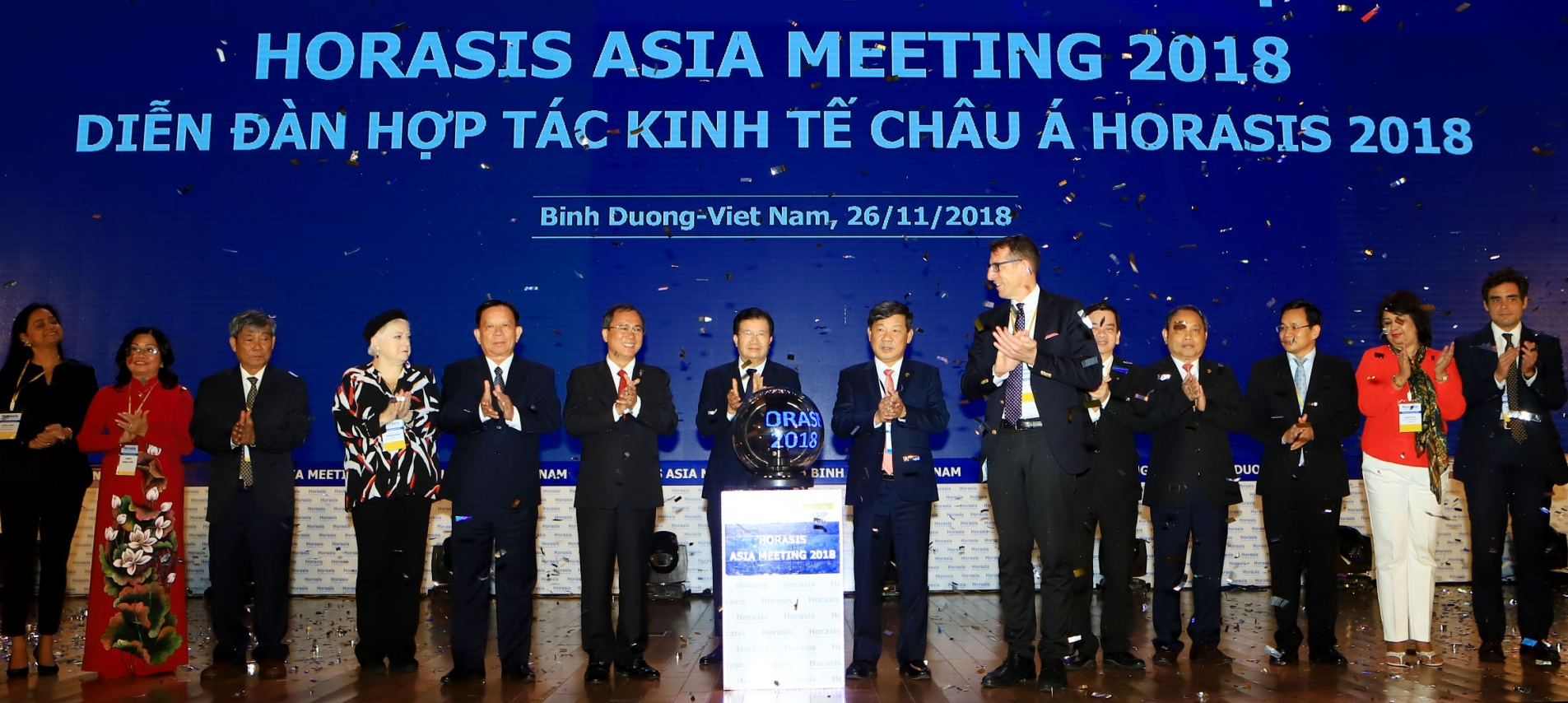Equitable Development of Southeast Asia
Southeast Asia is a study in contrasts, where regional economies are at various levels of economic development. On one end of the spectrum is a nation like Singapore – one of the richest in the world. On the other end, meanwhile, are countries such as Laos and Myanmar that are making noteworthy strides. However, they still have a steep uphill climb before their larger populations are associated with wealth and prosperity. Governments in Laos and Cambodia have initiated progressive policymaking initiatives, although decades of near stagnation will take time to reverse.
Despite varying levels of development, even the less affluent nations are seeing rapid economic growth. The region has been one of the fastest growing in the world for a long time now. This has brought about sizeable increments in per capita income. However, these advancements have not been equitable to all sections of society. The many positive outcomes aside, there has also been a marked trend of increasing inequalities.
Development patterns such as these must be addressed. It is in keeping with this ideal that Horasis is convening the Horasis Asia Meeting on 30 November 2020. It is a virtual event that will be conducted on the innovative online conferencing platform Run the World.
Myanmar and Laos
In Myanmar’s case, it has done well in terms of its efforts in containing the pandemic. As of July 2020, the International Monetary Fund highlighted it had registered just about 300 fatalities, although this might also reflect lower testing rates. But the inequalities in development can be attributed to the fact that an estimated 80 percent of its workforce is employed in the informal economy. As such, the majority of the workforce is outside the purview of social security nets.
Laos, in recent years, has seen considerable uptick in its tourism sector. According to World Bank estimates, the travel and tourism sector contributes 11 percent of total employment. Furthermore, remittances also form a large share of Laos’ GDP. With the pandemic, however, a large share of remittance flows stopped and over 100,000 migrant workers returned to the country. In another grim outlook, between 96,000 and 214,000 residents are vulnerable to being faced with poverty on account of the pandemic-led slowdown and the associated job losses. Many years of advancements on equitable development have actually been reversed unfortunately.
Increasing inequality will have broader implications
The pandemic has resulted in a widening of the inequality gap. It will only exacerbate issues that the less affluent sections of society were already faced with. In the absence of prompt remedial measures, thousands of households are at grave risk of falling into abject poverty.
This is deeply concerning because with increased inequality, the ripple effects of increased crime rates and inaccessibility to healthcare and education follow. Needless to say, this is akin to treading a downhill path – a trend that must be stopped quickly. The poor have had it worst and governments must ensure favorable policymaking that helps this section of the population.
Governments have taken cognizance
ASEAN, as an aggregate, is focused on trying to encourage equitable growth and governments are mindful of the need for economic development. In Singapore’s case, its early administrators were forward thinking. They were able to precisely plan almost every facet that would be instrumental in making it the prosperous nation it is today.
From public transit to its housing policy and from securing potable water supply to building a state-of-the-art airport, Singapore really prioritized on its key enablers. In addition, each of these visionary projects were backed by meticulous road maps, with strictly adhered to timelines. The outcome is there for all the world to see.
Where must the focus lie?
In much the same way, as one Southeast Asian nation has been able to ensure economic development, emerging regional economies can enact similar policies to accomplish equivalent results. One way to do it will be to focus on social infrastructure such as education and healthcare. These two spheres are key to supporting human development. It is no doubt a long-term approach but one that is a proven route to reducing inequality.
Vietnam is definitely treading the path to more equitable development. It is being increasingly seen as an attractive investment destination, especially its fast-growing manufacturing sector. Both government and private enterprise are leveraging on synergies and the outcome has been rapid economic growth.
The global community must come together
The pandemic has thrown a spanner in the works. A reverse of years of positive advancements made will no doubt take time to scale back to. While economic growth has been the foremost agenda for the bulk of Southeast Asian nations, COVID-19 has been a major thorn.
The challenge really is that many governments do not have enough to spend because of the pandemic and its associated surge in healthcare spending. Funds that had been budgeted for enabling tools are now required for COVID care. Southeast Asian governments need all the support they can receive from all stakeholders in the global community. In effect, there is no other credible solution than for a multilateral approach to assume center stage.



